Heritage® Birch Tree
Description
A Missouri native. This low maintenance tree is vigorous and fast-growing. Well known for its incredible Salmon-pink to reddish brown peeling bark that exfoliates to reveal a lighter inner bark. Perfect for wet, acidic soils and is perhaps the most adaptable and heat tolerant of the birches. The Heritage® can be trained as either a single trunk or multi-trunked tree. Resistant to birch borers and leaf spot disease.
Characteristics
| Hardiness Zone Range | 4 - 9 |
| Shade/Sun | Partial Shade - Full Sun |
| Soil Composition | Loamy |
| Soil Moisture | Well Drained |
Zone Compatibility
Tools & Supplies
Planting & Care
Learn all about how to grow shade trees in The Growing Guide. An entire section of our website dedicated to your growing success.
Questions & Answers
We appreciate you reaching out to us. When shipped these will be approximately 3-4 feet tall.
If you have any further questions please don't hesitate to reach back out to us. Have a great day!
We appreciate you reaching out to us. At this time, when shipped, these will be multi-trunked that will be approximately 3-4 feet tall.
If you have any further questions please don't hesitate to reach back out to us. Have a great day!
A North American native, 'Heritage' river birch can grow 50 to 80 feet tall but is often seen at 40 to 50 feet. It will grow about 30 inches or more each year in USDA hardiness zone 7, faster in the south
This is a really good question. This tree’s roots are aggressive water seekers but they are non-invasive to the best of my knowledge.
Birch trees are prone to multi trunk, the Heritage I bought did grow multi. Out of the 5 River Birch I bought else where, 3 are multi. Of the 3 Silver Birch I bought, 1 is multi. This is my experience with Birch, my location may have taken part, I am unsure.
Heritage birch does not have a white trunk; the trunk has cinnamon colored bark that exfoliates over time and exposes a cream color underneath. It is very attractive, but not white.
Mine were single trunk. However if you are daring I’ve seen where you prune back hard to the ground they will resprout with multiple trunks. I’ve also seen where you can plant multiples in a planting hole to make a multi stem look. Hope That helps!
Yes.
Hi Justine-
Birch trees, including the Common White Birch and Silver Birch, have roots that typically spread horizontally near the surface of the ground rather than going straight down. These roots are shallow and fibrous, spreading widely to anchor the tree and absorb moisture and nutrients. They are known to extend 2 to 3 times the width of the canopy.
My neighbor has white birch trees that are 30 years old and I have not seen surface roots like my big seven year old silver maples or red oak. I hope that helps.
Fertilizer type
Use a slow-release fertilizer or a multi-purpose 10-10-10 fertilizer. You can also try liquid fertilizers like Miracle Gro, which are mixed with water and applied like water. If your soil is too alkaline, you can use an acidifying fertilizer. Young birch trees may drop yellow leaves in the summer as a natural reaction to heat and water stress. The tree may not have enough roots to support its foliage. Soil that's too wet can also cause problems, as the roots can't breathe properly and can't transport water and nutrients.
Iron deficiency
Also known as iron chlorosis, this is a common cause of yellowing leaves. Iron is a necessary micronutrient for birch trees, but it can sometimes become bound up in the soil, making it inaccessible to the tree's roots. This can happen if the soil is too alkaline. Signs of iron chlorosis include yellowing that starts on the younger leaves and moves inward. A soil test can help determine if this is the issue.
Customer Reviews
Very pretty bark and can be used for horse, sheep, and goat fodder. It is not suggested for cattle.
They are beautiful!
Very pleased. Stark delivers. And at an affordable price. Thank you!

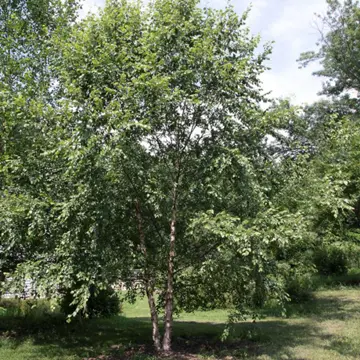
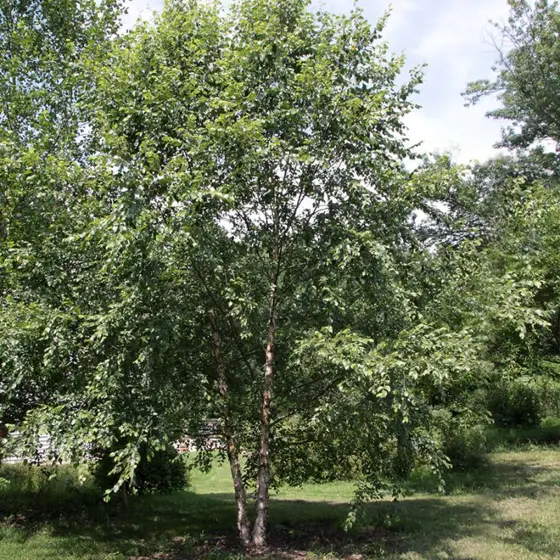

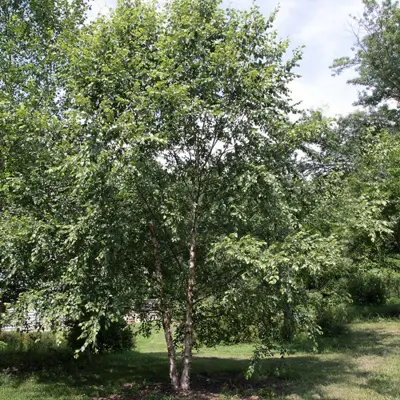
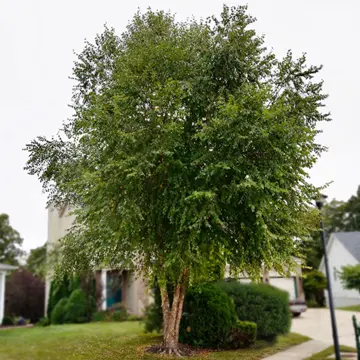
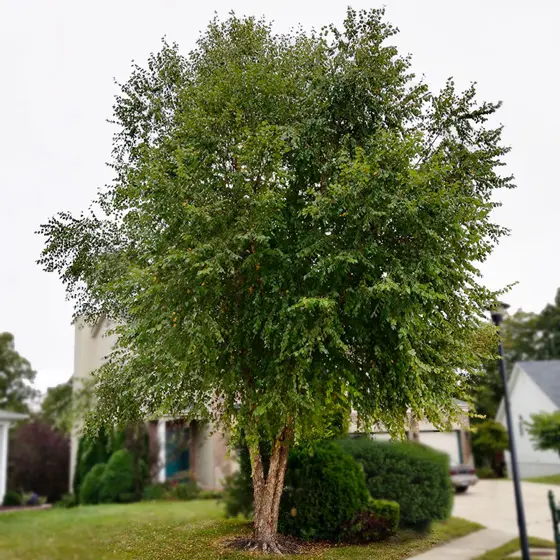
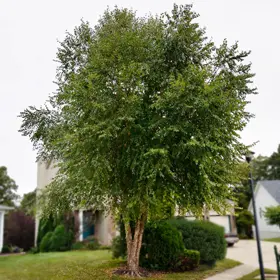
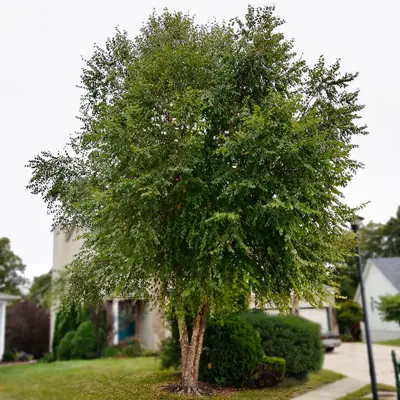
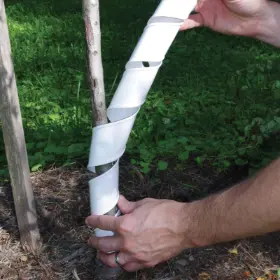
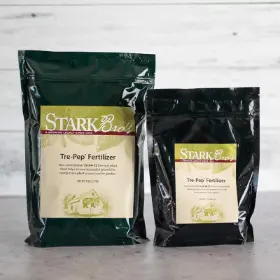

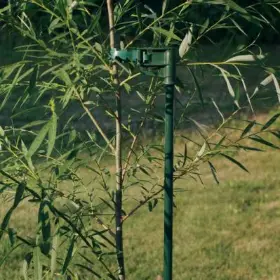
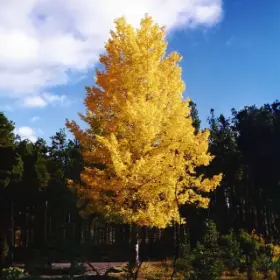
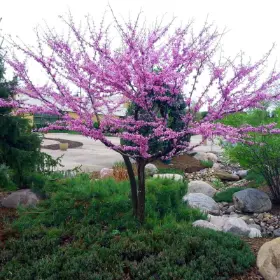
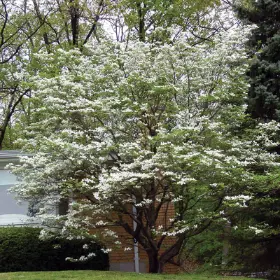
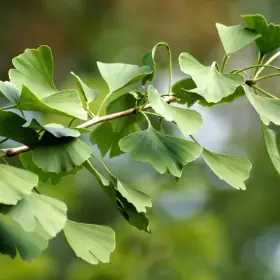
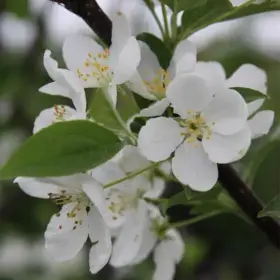
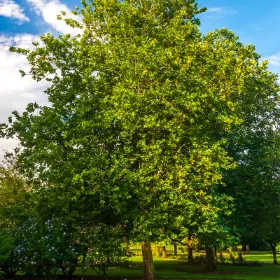
wanted to replace a tree given to my wife by her father.
Four others have not been successful- having one more attempt
Price on sale. To add to my landscaping . Consistencies of my trees on the property
LOCATION TO BE PLANTED.